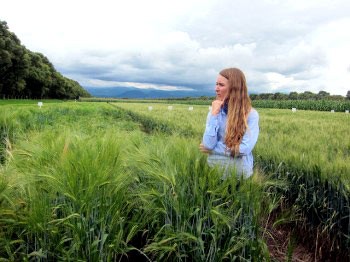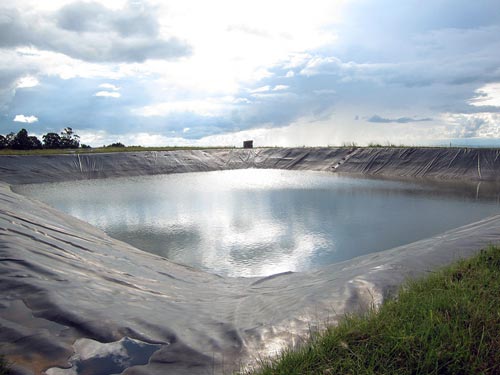Unpacking our biases for better gender research
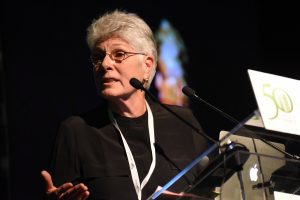
MEXICO CITY (CIMMYT) — Women play a crucial role in agricultural production throughout the world, yet they often face barriers to accessing improved seeds, new agricultural techniques and technologies that could increase their productivity and livelihoods. If women had access to the same productive resources as men, they could increase yields on their farms by 20 to 30 percent, raise the total agricultural output of developing countries from between 2.5 to 4 percent and reduce the number of malnourished people in the world by 100 to 150 million (FAO).
In order to improve women’s access to productive resources and global food security as a whole, the first step is to learn to seek out and listen to women’s needs and realities without bias, said Shelley Feldman, the recently retired director of feminist, gender and sexuality studies and the Polson Institute for Global Development at Cornell University. Feldman, who was speaking at a conference in Mexico City to mark the 50th anniversary of the International Maize and Wheat Improvement Center (CIMMYT), also served as an international professor of development sociology at Cornell from 1984 to 2016, was a former director of the South Asia and the gender and global change programs, president of the American Institute of Bangladesh Studies, and fellow at the International Food Policy Research Institute. She has published widely in area studies and social science journals on gender and rural development, feminist methodologies, patriarchy, religion, honor and normativity, as well as on displacement and ownership rights.
Feldman began conducting gender research in Bangladesh in the 1970s, where she was struck by how many of the rural women she worked with occupied crucial yet often unrecognized roles at all levels of the agricultural value chain, from food production to farming and post-harvest work. A passion for research in gender and agriculture was born.
At the CIMMYT conference in Mexico City on September 29, Feldman challenged the audience to really think about, unpack, and change their assumptions about female farmers and gender in a keynote speech titled, “What does gender-balanced agriculture look like?”
She shared some of her views on women and agriculture after her speech.
Q: What can we be doing here at CIMMYT to help improve gender balance in agriculture?
Allow yourself to hear what women really want. I feel that many of us still don’t know. It’s not just a question of listening. They speak to us and we translate it through our own language, our own personal experience and understanding. For example, when I first started doing research in Bangladesh, every single woman in a village reported on a survey that they were married. I wondered how this was possible—the country had just endured a terrible famine, surely some women had lost their husbands. So I went back to the village to ask the women to explain. It turns out that this particular village happened to be Hindu, and in their tradition, once a woman is married she is always married, even if her husband dies or abandons her. Because I had translated their responses in terms of my own personal understanding of marriage, I ran the risk of overlooking these women’s actual status, situation and needs. We need to change the way we think about our survey instruments. We’ve learned a lot about what women do, but not why or how—why they do or don’t take risks, adopt technologies or change eating habits. There is such a push for quantitative data, but qualitative information is so important if you are to truly understand the realities that people are facing.
We also really need to think about the structure of our research process. “Taking it to the farmer,” in the words of Norman Borlaug (the late Nobel Peace Prize laureate and former wheat breeder at CIMMYT, known internationally as the father of the Green Revolution), is absolutely crucial, but we really need to think about “Who is the farmer?” “What do they want?” and “How are we convincing them?”
Farmers are not just one homogenous group—women farmers are not one homogenous group. Interventions will only work if we truly listen to what they want and need, and understand where they are coming from, to develop solutions that are appropriately adapted to their situation.
Q: What advice do you have for researchers?
When I first started conducting gender research in the field in Bangladesh in the 1970s I saw how many donors and other organizations often threw “blanket” fixes at people who needed specific solutions. These people were genuinely trying to help, but either because they were not listening to women, or because they were interpreting the women’s responses through their own understanding of the world, they weren’t helping the situation.
Don’t reproduce the assumed meaning of things, take it to the field, and use it as evidence you have actual data. In order to create any sort of positive change you need to be reflexive—always question, think about your assumptions, unsettle them. Demand self-reflection, even when it hurts, and it will truly change your research analysis. This will allow you to appreciate when your subjects say something you never thought of.
Q: What are your thoughts on CIMMYT’s approach to gender work?
I really appreciate CIMMYT’s work with the GENNOVATE initiative through the CGIAR Research Programs (CRPs) on Maize and Wheat. GENNOVATE is a cross-CRP global comparative research initiative which addresses the question of how gender norms and agency influence men, women and youth to adopt innovation in agriculture and natural resource management. I think it’s great that the initiative includes both qualitative and quantitative research—and most importantly, comparative research.
We need to realize that “women farmers are not women farmers are not women farmers”—women in any two different locations or social groups will not have the same realities or constraints. That’s why it’s so important that the project is looking at 125 rural communities in 26 countries. The work that CIMMYT gender specialist Lone Badstue and her colleagues are doing on GENNOVATE is incredible, in that they are working to pattern out broad trends without flattening out key differences. Not looking at women as a homogenous group ensures that you’ll get better results.
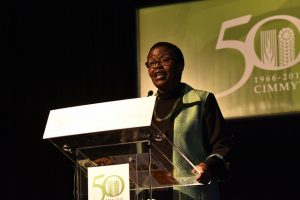
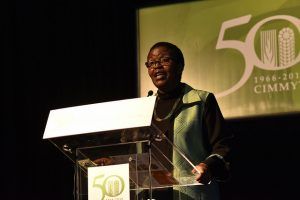
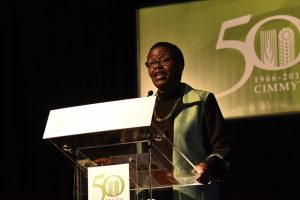
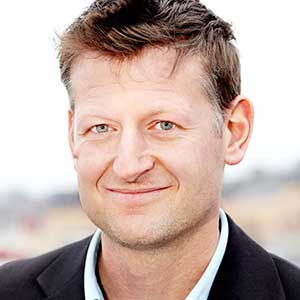


 Acevedo believes her role with the DGGW is the perfect opportunity for her to facilitate how great work done by wheat scientists makes it to the field.
Acevedo believes her role with the DGGW is the perfect opportunity for her to facilitate how great work done by wheat scientists makes it to the field.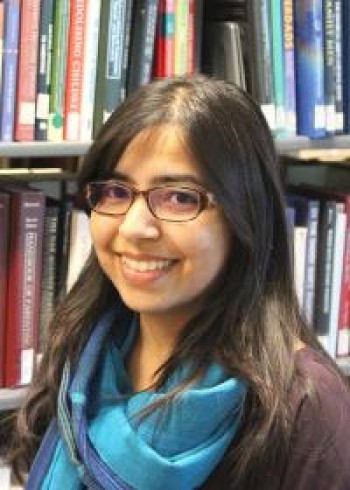
 SYDNEY, Australia, October 9 (CIMMYT) – A recent gathering of more than 600 international scientists highlighted the complexity of wheat as a crop and emphasized the key role wheat research plays in ensuring global food security now and in the future.
SYDNEY, Australia, October 9 (CIMMYT) – A recent gathering of more than 600 international scientists highlighted the complexity of wheat as a crop and emphasized the key role wheat research plays in ensuring global food security now and in the future.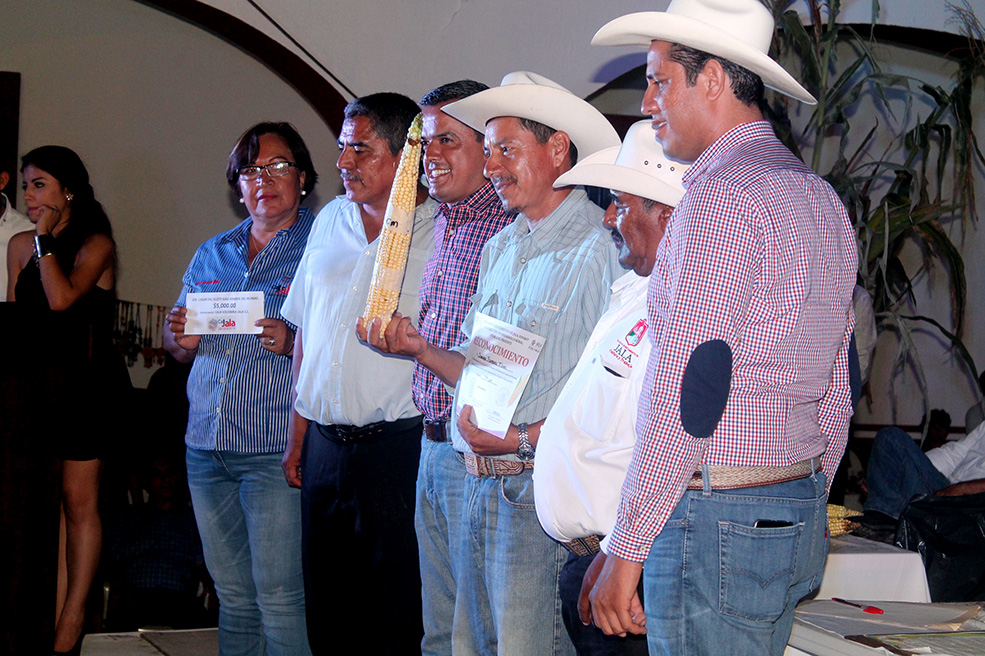
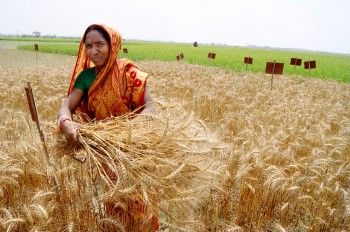
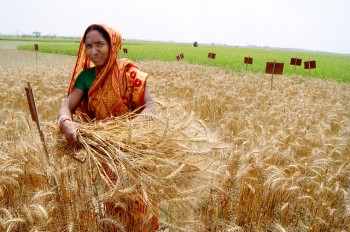 CIMMYT Director General Martin Kropff speaks on the topic of ‘Wheat and the role of gender in the developing world’ prior to the 2015 Women in Triticum Awards at the Borlaug Global Rust Initiative Workshop in Sydney on 19 September.
CIMMYT Director General Martin Kropff speaks on the topic of ‘Wheat and the role of gender in the developing world’ prior to the 2015 Women in Triticum Awards at the Borlaug Global Rust Initiative Workshop in Sydney on 19 September.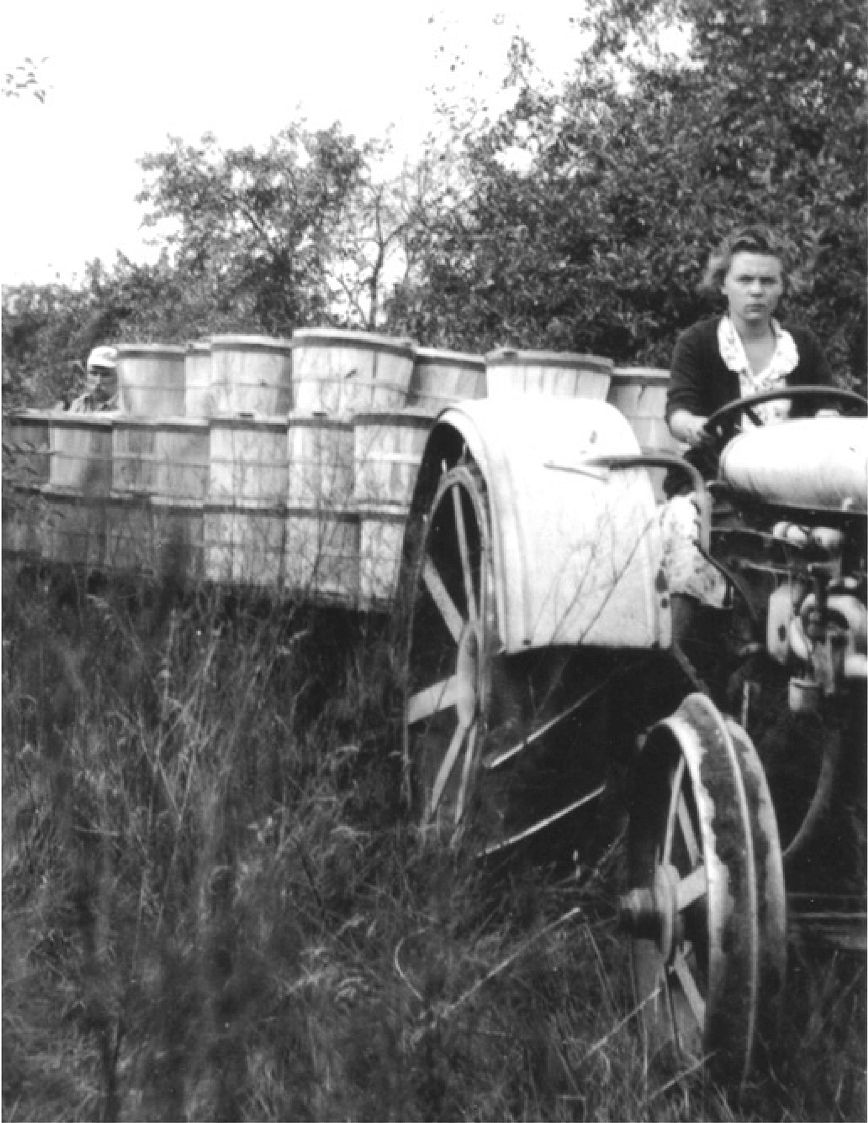
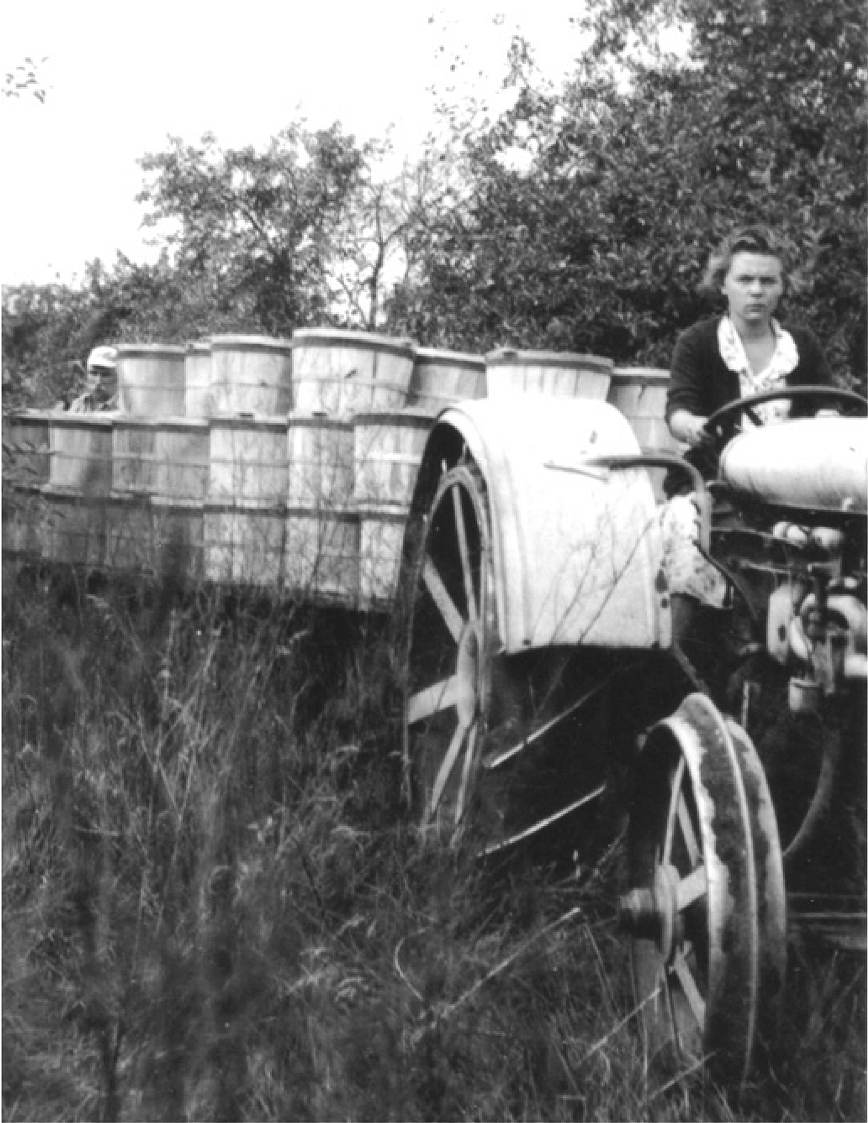 Rosalind Morris was a pioneer in agricultural science at a time when there were very few women scientists. Her achievements were groundbreaking: in 1947, Morris and Leona O. Schnell became the first women to graduate with doctoral degrees from
Rosalind Morris was a pioneer in agricultural science at a time when there were very few women scientists. Her achievements were groundbreaking: in 1947, Morris and Leona O. Schnell became the first women to graduate with doctoral degrees from 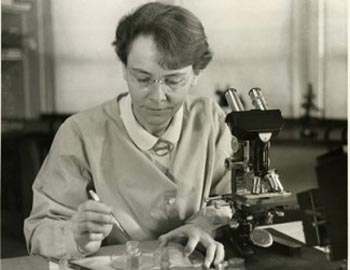 At a time when women scientists were few and far between, Barbara McClintock made a name for herself as the most distinguished cytogeneticist in the field of science. From her early studies in genetics in the 1920s, to her 1940s breakthrough in mobile genetic elements, which led to her 1983 Nobel Prize, her legacy is one that still lingers today.
At a time when women scientists were few and far between, Barbara McClintock made a name for herself as the most distinguished cytogeneticist in the field of science. From her early studies in genetics in the 1920s, to her 1940s breakthrough in mobile genetic elements, which led to her 1983 Nobel Prize, her legacy is one that still lingers today.